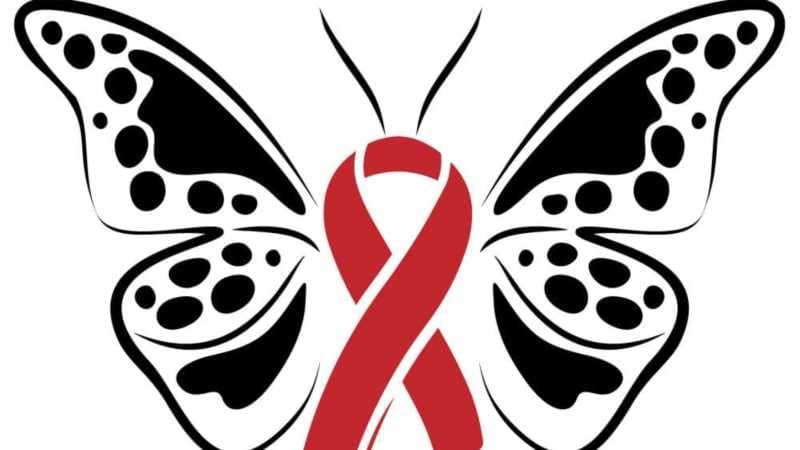Loading News Article...
We're loading the full news article for you. This includes the article content, images, author information, and related articles.
We're loading the full news article for you. This includes the article content, images, author information, and related articles.
Sickle cell anaemia, a hereditary blood disorder, significantly impacts individuals across Kenya. Recognising its common signs is crucial for early diagnosis and improved management, particularly in high-burden regions.

Sickle cell anaemia, a genetic blood disorder, continues to pose a significant health challenge in Kenya, affecting people of all ages. The condition is characterised by abnormally shaped red blood cells that resemble a sickle, hindering their ability to carry oxygen efficiently. This can lead to a range of severe symptoms and complications.
Sickle cell disease (SCD) is an inherited blood disorder that affects haemoglobin, the protein in red blood cells responsible for oxygen transport. In individuals with SCD, the red blood cells become rigid and crescent-shaped, leading to blockages in blood vessels and a reduced lifespan for these cells. This results in chronic anaemia and various painful episodes.
Kenya faces a substantial burden of SCD, with an estimated 14,000 children born with the disease annually. The prevalence is particularly high in regions endemic to malaria, such as Western, Nyanza, and the Coast, where 2 to 4 out of every 100 infants are affected. In some areas of Western Kenya, approximately 4.5% of children are born with SCD, and 18% carry the sickle cell trait. Without adequate care, 50-90% of children with SCD may not survive past their fifth birthday, according to the World Health Organization (WHO).
While symptoms can vary in severity, several common signs are associated with sickle cell anaemia:
The Ministry of Health in Kenya has implemented strategies and policy interventions to mitigate the impact and reduce the burden of sickle cell disease. These efforts include promoting newborn screening and establishing comprehensive care centres.
Organisations like the Academic Model Providing Access to Healthcare (AMPATH), a collaboration involving Moi Teaching and Referral Hospital, Moi University, and Indiana University, have been instrumental in improving comprehensive care for SCD patients in Western Kenya. They have screened over 25,000 children for SCD and trained 1,559 healthcare providers on its management. Patient support groups and advocacy alliances, such as the Alliance of Sickle Cell Anaemia Kenya, play a crucial role in raising awareness and educating society about the condition.
Beyond the immediate symptoms, sickle cell anaemia can lead to severe complications, including stroke, acute chest syndrome, organ damage (kidneys, liver, spleen), and pulmonary hypertension. The disease also carries significant psychosocial and economic burdens, including medical costs, discrimination, and unemployment for many adults with SCD.
While significant progress has been made, there remains a paucity of data on the exact number of people living with sickle cell disease across all regions of Kenya.
New gene therapies, such as Casgevy and Lyfgenia, approved by the United States Food and Drug Administration (FDA) in 2023, offer potential long-term cures for SCD. While bone marrow transplantation remains a curative option, it is often reserved for younger patients due to associated risks and the difficulty of finding compatible donors. Researchers are also exploring gene therapy and drugs to boost fetal haemoglobin production.
The prevalence of sickle cell disease in Kenya often mirrors malaria endemic patterns, as carrying the sickle cell trait offers some resistance to severe malaria.